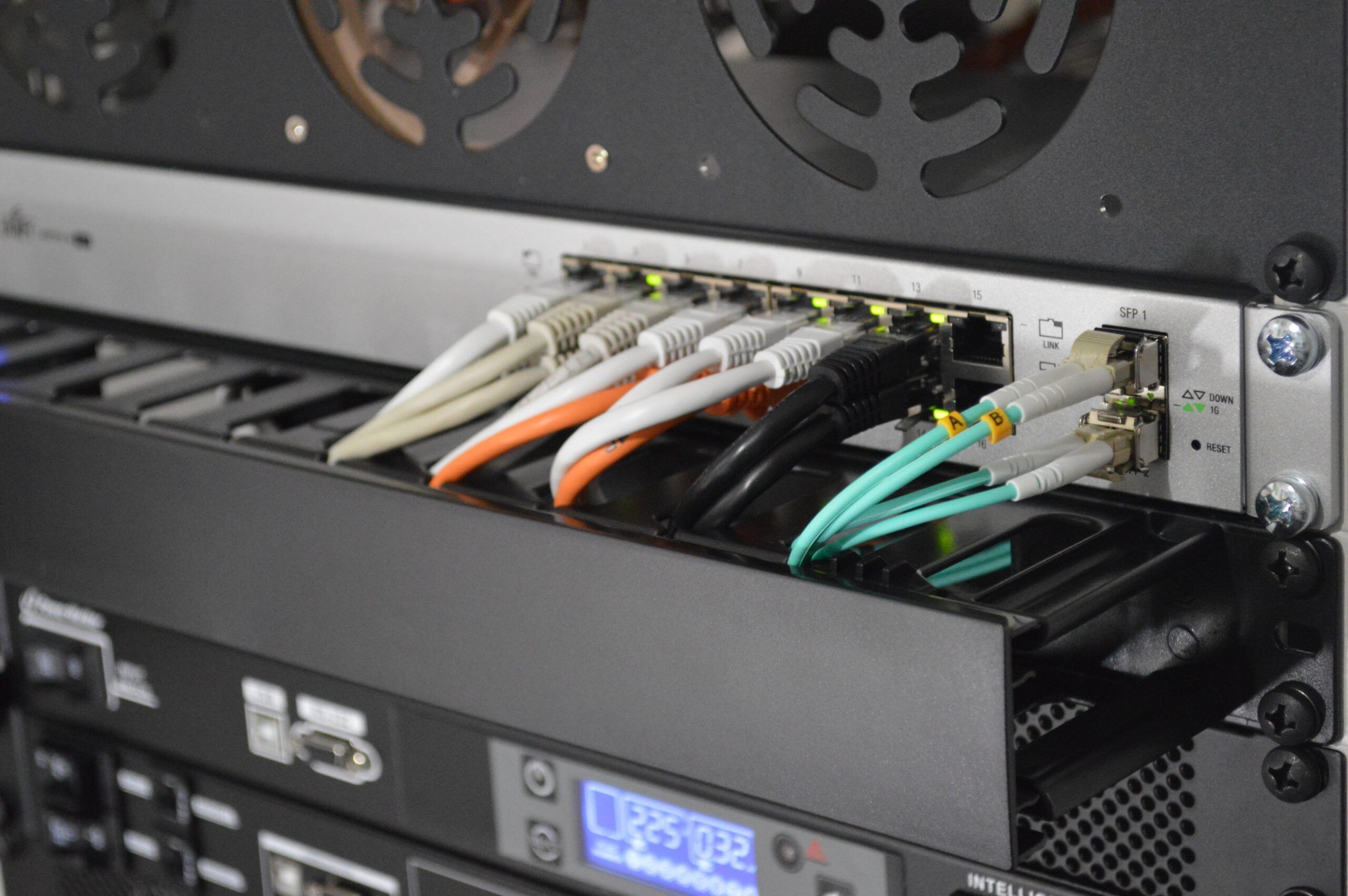This post is extremely out of date. Debian 9 has been succeeded by Debian 10, and Debian 10 has been succeeded by Debian 11. There are probably better guides out there, and I can’t guarantee this one will still work.
If you’re interested in an updated guide, get in touch using the details on this blog’s about page.
Introduction
I’m a pretty big advocate of Debian, but when I suggested to a friend that he should host his Minecraft server on Debian, I soon saw that there are no up-to-date guides to installing Multicraft, a popular Minecraft server panel, on Debian. The most popular seems to be on the Linode documentation, but it was even before Debian switched to systemd.
So, here’s an up-to-date guide for installing and running Multicraft on Debian 9, a.k.a. Stretch.
Before You Begin
Before starting this guide, you will need to have the following:
- Debian 9, installed and fully updatedFor reference, the following commands will get your Debian installation up-to-date:sudo apt update sudo apt dist-upgrade
- A non-root user with
sudopermission - An SSH server set up
It is assumed you are running any commands mentioned from a non-root user over an SSH connection. If you run them as root, there’s no telling what the outcome will be.
Installing Prerequisites
Multicraft requires a webserver, PHP, SQLite (or MySQL, which will not be covered here), and Java. Thankfully, these are all available in the Debian repositories, so we can download them with a single command.
sudo apt install nginx sqlite php7.0-fpm php7.0-sqlite openjdk-8-jre-headless zipThis command installs nginx (a high-performance web server), sqlite (the database software used by Multicraft), php7.0-fpm (the programming language environment used by Multicraft, in a form suitable for Nginx), php7.0-sqlite (an adapter to connect PHP with SQLite), openjdk-8-jre-headless (an open-source version of Java 8, which is required to run Minecraft servers), and zip (a utility for extracting zip files).
You might also need to install the wget and/or nano package(s) if they aren’t installed already.
Configuring the Web Server
Currently we have installed Nginx and PHP, but they aren’t talking. To make PHP work, we need to edit the Nginx configuration and enable it. To edit the configuration file, open it with the following command (or using your favorite editor; Neovim is my personal favorite):
sudo nano /etc/nginx/sites-enabled/defaultIn the first “server” block, change the “index” line to look like the following:
index index.php index.html index.htm index.nginx-debian.html;Then, delete a single octothorpe (“#“) from each of the following lines, except the second to last:
location ~ \.php$ {
include snippets/fastcgi-php.conf;
# With php-fpm (or other unix sockets):
fastcgi_pass unix:/var/run/php/php7.0-fpm.sock;
# With php-cgi (or other tcp sockets):
# fastcgi_pass 127.0.0.1:9000;
}Last, after the location / block, add the following block to prevent the protected directory from being accessed:
location /multicraft/protected {
deny all;
}Exit your editor (Ctrl+X, then Y, then enter with nano), then run the following to reload the Nginx config file:
sudo systemctl reload nginxNow that PHP is set up, it’s time to install Multicraft.
Installing Multicraft
This bit is mostly from the Multicraft documentation, with some minor changes.
First off, you will have to download Multicraft. It’s easily wgettable:
wget http://www.multicraft.org/download/linux64 -O multicraft.tar.gzThen you need to extract it and change into the multicraft directory:
tar -xvf multicraft.tar.gz
cd multicraftThere’s a nice shell script that will automatically install Multicraft for you, so let’s run it.
sudo ./setup.shI’m going to give you a few recommended answers to the setup:
- “Run each Minecraft server under its own user?”:
Y - “Run Multicraft under this user:”:
minecraft - “User not found. Create user on start of installation?”:
Y - “Install Multicraft in:”: Press enter for the default
- “Will the web panel run on this machine?”:
Y - “User of the webserver:”:
www-data - “Location of the web panel files:”:
/var/www/html/multicraft - “Enable builtin FTP server?”:
N - “What kind of database do you want to use?”:
sqlite
Once that setup is done, you should be able to navigate to http://[server ip here]/multicraft and set up the frontend.
Starting the Daemon
The typical way to start Multicraft is to use a command whenever you turn on your server. Debian has a program called systemd which, when configured properly, lets you automatically start Multicraft when the system boots. I’ve already written a configuration file for you, so you can download it straight to the configuration folder:
Actually, sorry. This file has been lost to time.
wget https://zebmccorkle.u.asymptote.club/util/multicraft.service -O- | sudo tee /etc/systemd/system/multicraft.serviceOnce you’ve done that, run these commands to load the new configuration file in, start Multicraft, and configure systemd to start it on boot:
sudo systemctl daemon-reload
sudo systemctl start multicraft
sudo systemctl enable multicraftNow go back to your web browser and fully complete your front-end setup.
Finishing Touches
Finally, to complete your installation, delete your install.php file.
WARNING: Make sure you have completed the front-end setup first!
sudo rm /var/www/html/multicraft/install.phpCongratulations! You now have Multicraft installed on Debian 9.

Leave a Reply